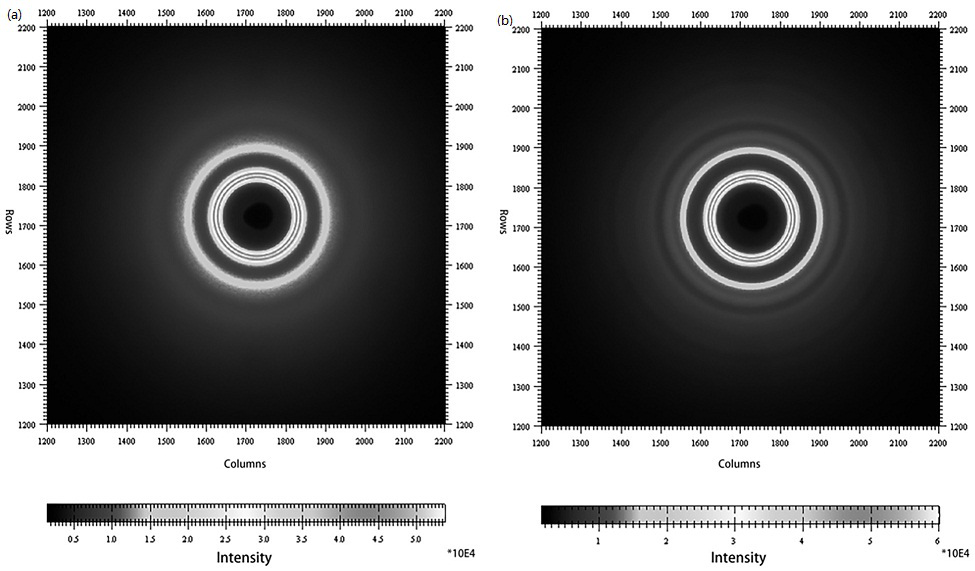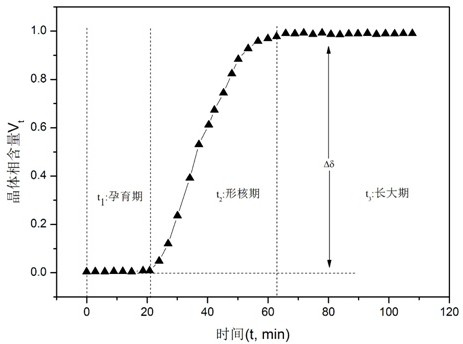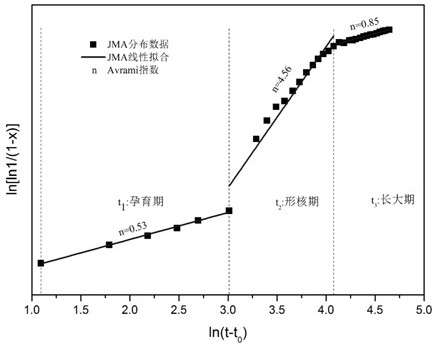A Method for Characterizing the Ordering Process of Bulk Metallic Glasses Using In Situ Neutron Diffraction
A technology of metallic glass and neutrons, which is used in material analysis, instrumentation, and material thermal development using wave/particle radiation, and can solve problems such as inability to analyze microscopic and atomic migration and diffusion laws.
- Summary
- Abstract
- Description
- Claims
- Application Information
AI Technical Summary
Problems solved by technology
Method used
Image
Examples
Embodiment
[0028] The test adopts the atomic percentage as Zr 48 Cu 36 Al 8 Ag 8 metallic glass.
[0029] a. Select the nominal composition (atomic percentage) as Zr 48 Cu 36 Al 8 Ag 8 Metallic glass as the object, through vacuum arc melting (repeated smelting 5 times) and copper mold suction casting to obtain a large metallic glass alloy of Φ5×100mm, and cut it into alloy samples of Φ5×5mm;
[0030] b. Place the sample in the neutron diffraction (wavelength 0.01nm) diffraction optical path for in-situ isothermal ordering treatment, the treatment temperature is 470°C, and the diffraction data collection frequency is 3min;
[0031] c. For the obtained diffraction data (see attached figure 1 , the picture is an example of in-situ neutron diffraction data with heat treatment time of 3min (a) and 54min (b) respectively) to correct and transform, obtain the interference function I(Q) of the alloy, and perform Fourier transform to obtain the reduced diameter Directional distribution f...
PUM
 Login to View More
Login to View More Abstract
Description
Claims
Application Information
 Login to View More
Login to View More - R&D
- Intellectual Property
- Life Sciences
- Materials
- Tech Scout
- Unparalleled Data Quality
- Higher Quality Content
- 60% Fewer Hallucinations
Browse by: Latest US Patents, China's latest patents, Technical Efficacy Thesaurus, Application Domain, Technology Topic, Popular Technical Reports.
© 2025 PatSnap. All rights reserved.Legal|Privacy policy|Modern Slavery Act Transparency Statement|Sitemap|About US| Contact US: help@patsnap.com



